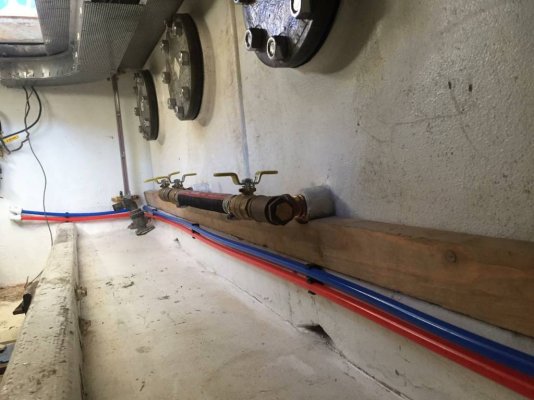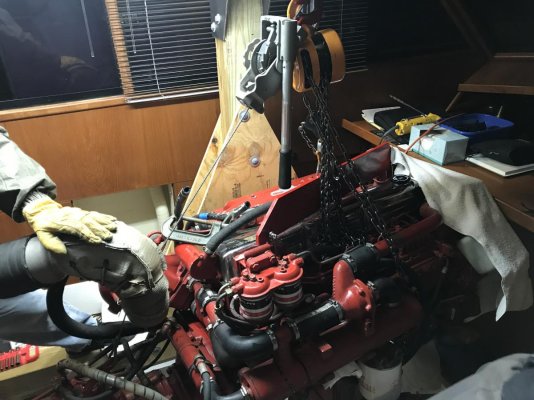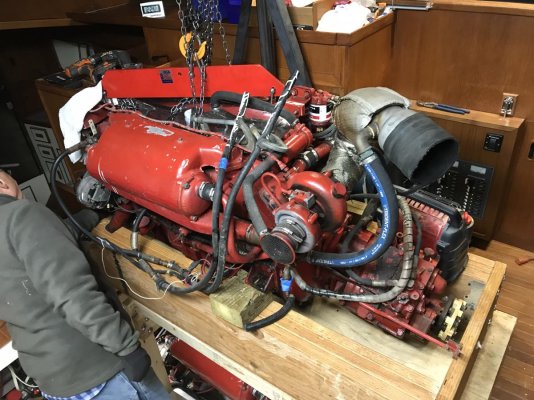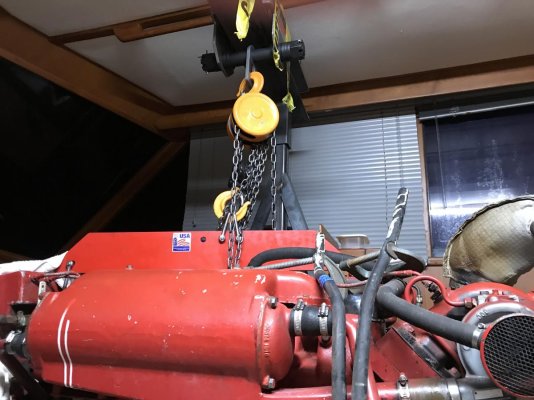Leatherneck
Senior Member
- Joined
- Sep 10, 2019
- Messages
- 213
- Location
- USA
- Vessel Name
- Devil Dog
- Vessel Make
- 1987 Jefferson 42 Sundeck
I'm looking at a 1987 Jefferson 42 and have spent the last coupe of days going over ll of her systems. Today I looked at the engines, genset and fuel tanks as best as I could. There was only a small opening in the wall insulation where the fule lines came out and I ran a borescope over the top of the tanks. One tank had a considerable amount of rust that was curling up on top. Couldnt see the sides. Other tank top looked fairly good. No leaks or diesel small. There was a nameplate that indicated the tanks are each 210 gallons and material is black iron 3mm. Can anyone give me a ballpark figure to replace them if done by a yard? I want to adjust my offer accordingly. I appreciate any advice and comments




